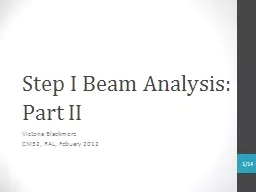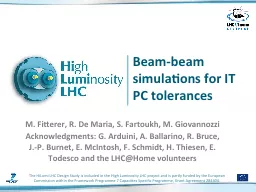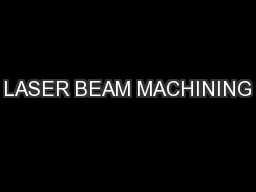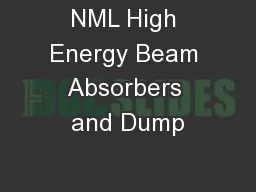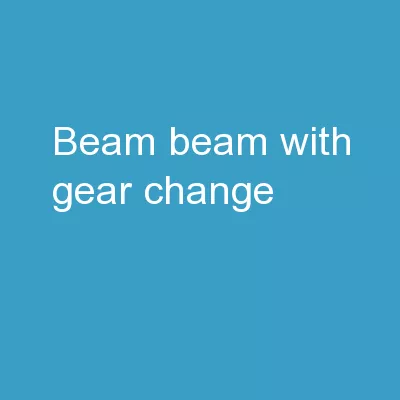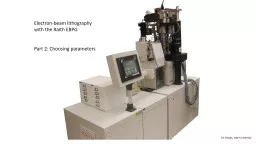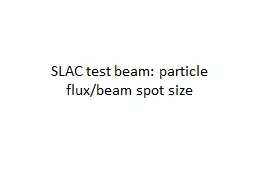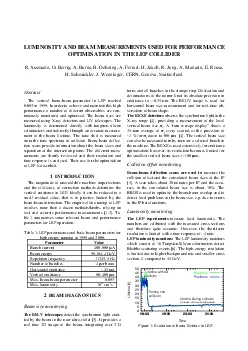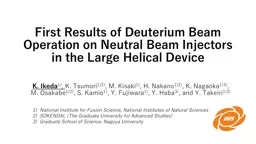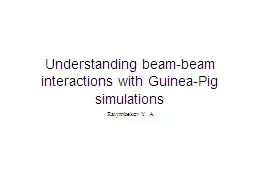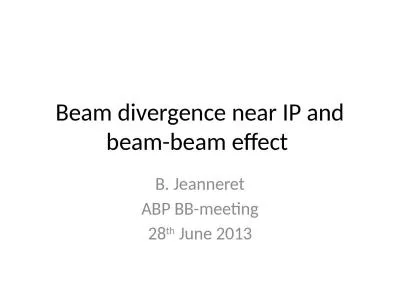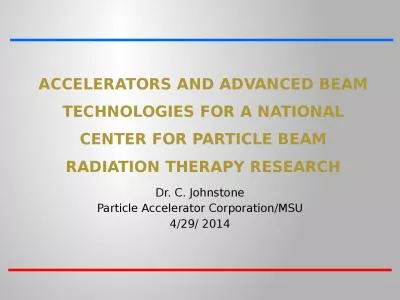PPT-Step I Beam Analysis:
Author : tatiana-dople | Published Date : 2016-07-11
Part II Victoria Blackmore CM32 RAL Febuary 2012 114 Standing on the shoulders Shamelessly stolen from Mark Rayners thesis p116 Design b 214 Standing on the shoulders
Presentation Embed Code
Download Presentation
Download Presentation The PPT/PDF document "Step I Beam Analysis:" is the property of its rightful owner. Permission is granted to download and print the materials on this website for personal, non-commercial use only, and to display it on your personal computer provided you do not modify the materials and that you retain all copyright notices contained in the materials. By downloading content from our website, you accept the terms of this agreement.
Step I Beam Analysis:: Transcript
Download Rules Of Document
"Step I Beam Analysis:"The content belongs to its owner. You may download and print it for personal use, without modification, and keep all copyright notices. By downloading, you agree to these terms.
Related Documents

